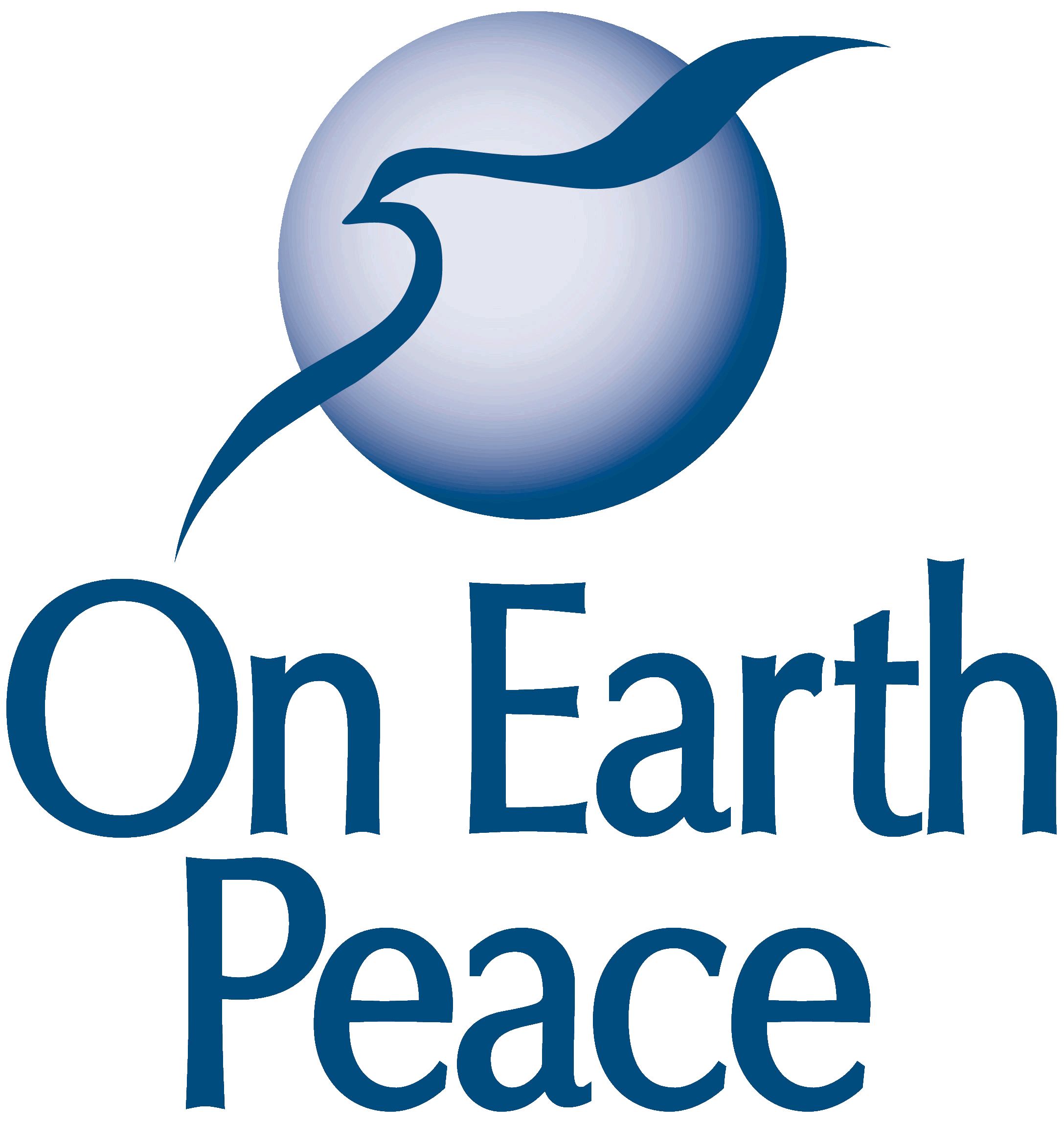 Written by Marie Benner-Rhoades, Youth and Young Adult Peace Formation Director (Originally written in 2018, updated for this blog.)
Written by Marie Benner-Rhoades, Youth and Young Adult Peace Formation Director (Originally written in 2018, updated for this blog.)
I’ve been doing a lot of thinking recently about raising my white children in a predominately white place. I want them to understand race and their role in social justice efforts, and it already feels too late. My children are six and two years old. What we know about implicit bias includes that children as young as six months already make judgments based on race. We have to be intentional in our efforts to be anti-racist.
Reading to my kids is a favorite activity in my family. We all take part- kids, parents, grandparents, aunts and uncles- in person and online. Bookshelves are full in my house, but are they full of the right books? I decided recently to do a children’s book audit after viewing an EmbraceRace webinar, “Reading Picture Books with Children through a Race-Conscious Lens,” where the idea was introduced to me.
Now, I thought this would be a test I would pass. I think before I buy children’s books. I actively look for picture books that include main characters of color and share messages promoting diversity. People who know us get us books that meet our family’s values of racial equity, environmental justice, and gender inclusivity. So I was surprised when my audit produced the resulting picture (see picture). From left to right, stories featuring First People, Latinx, Asians/Asian Americans, Africans/African Americans, whites, diverse characters, and animals.
I shouldn’t have been surprised. My audit is representative of children’s books published. According to a 2015 publishing statistics compiled by the Cooperative Children’s Book Center, 0.9% of children’s book feature First Peoples, 2.4% Latinx, 3.3% Asians/Asian Americans, 7.6% Africans/African Americans, 73.3% white, and 12.5% animals/trucks, etc. (There’s a great graphic in the webinar illustrating this.)
So what am I doing about this? I’m talking about it- with my kids and with other parents. I try to grab on to and create opportunities to talk about race with my children. My daughter (6 years old) is making a lot of observations and asking a lot of questions, including about race, so we are exploring together. I’m also reaching out to other parents/caregivers of white children and children of color, especially those raising their kids in predominately white spaces, to learn together, process experiences, empower one another to be intentional, hold one another accountable to doing this work (for white people, it’s optional in our country), and to actively work for racial/social justice in our contexts.
If you are interested in watching the webinar, here is the link- https://zoom.us/recording/play/CRV3laZPAtadFpFe8PZAUUkU1gQ6ouUDU7q39wUr-AvirSTmSsQsSvLKj4T2AZSh?autoplay=true.

Showing 1 reaction